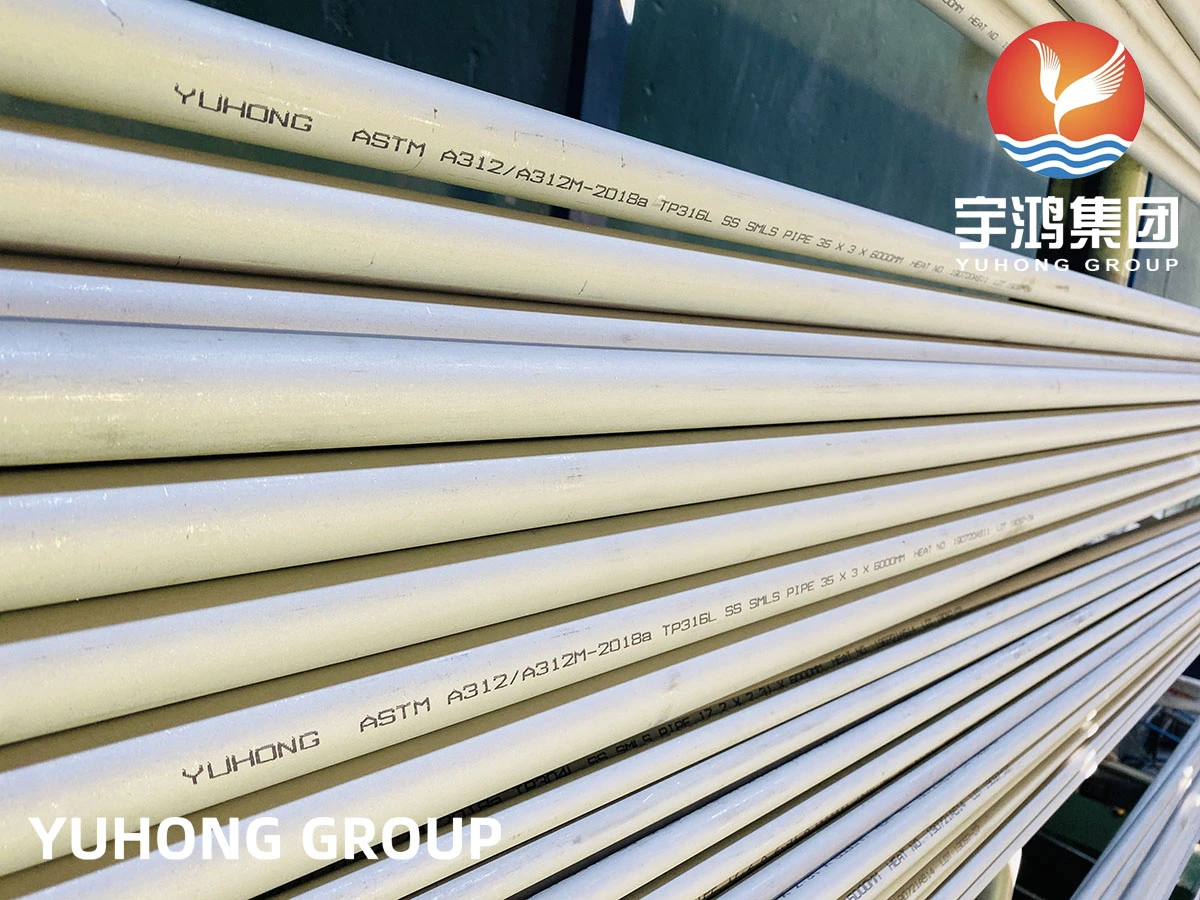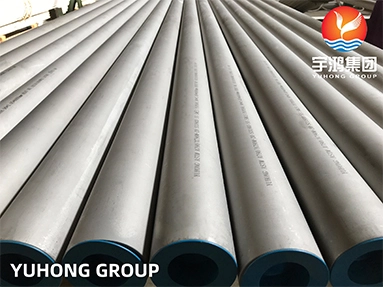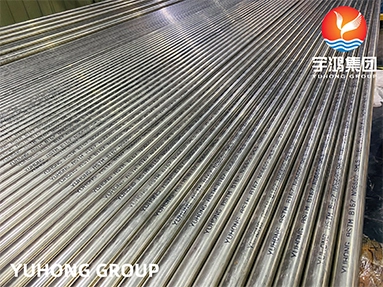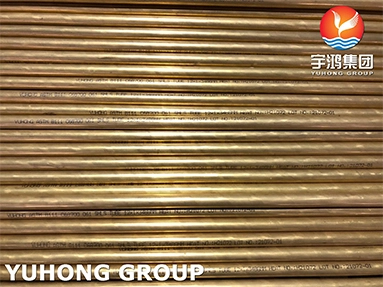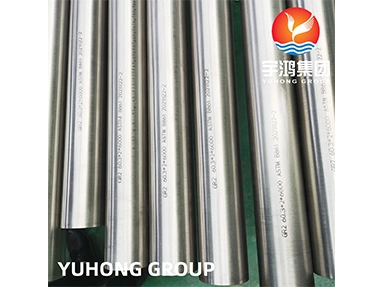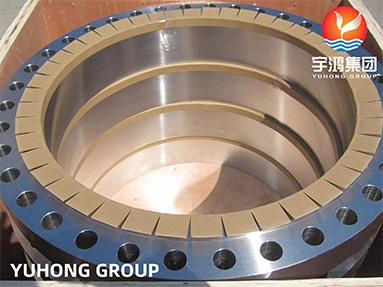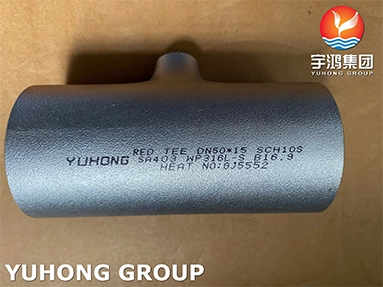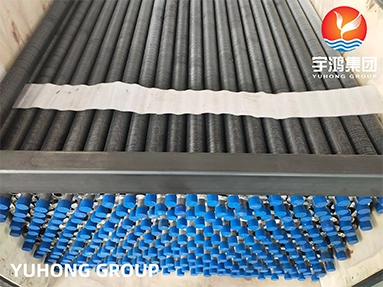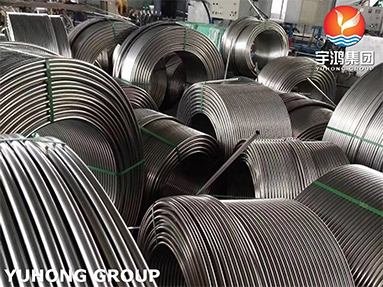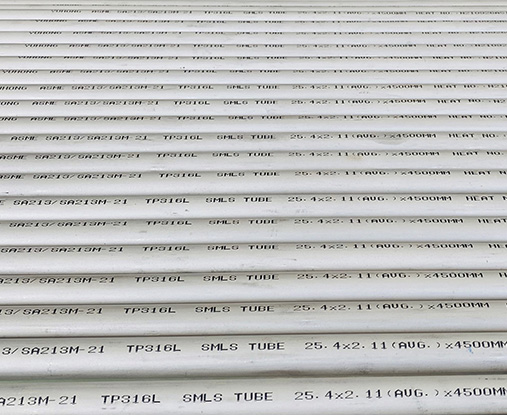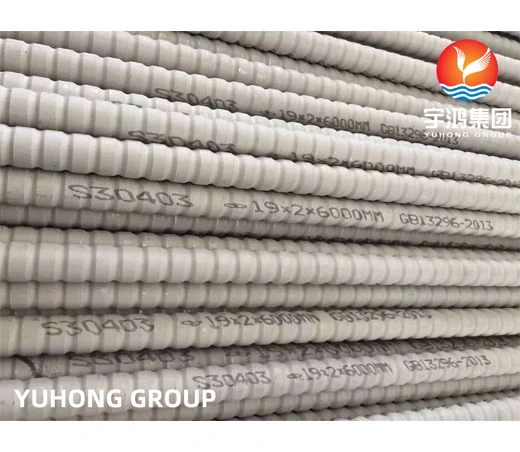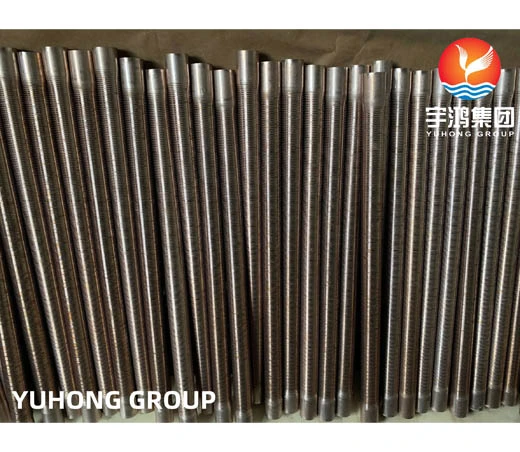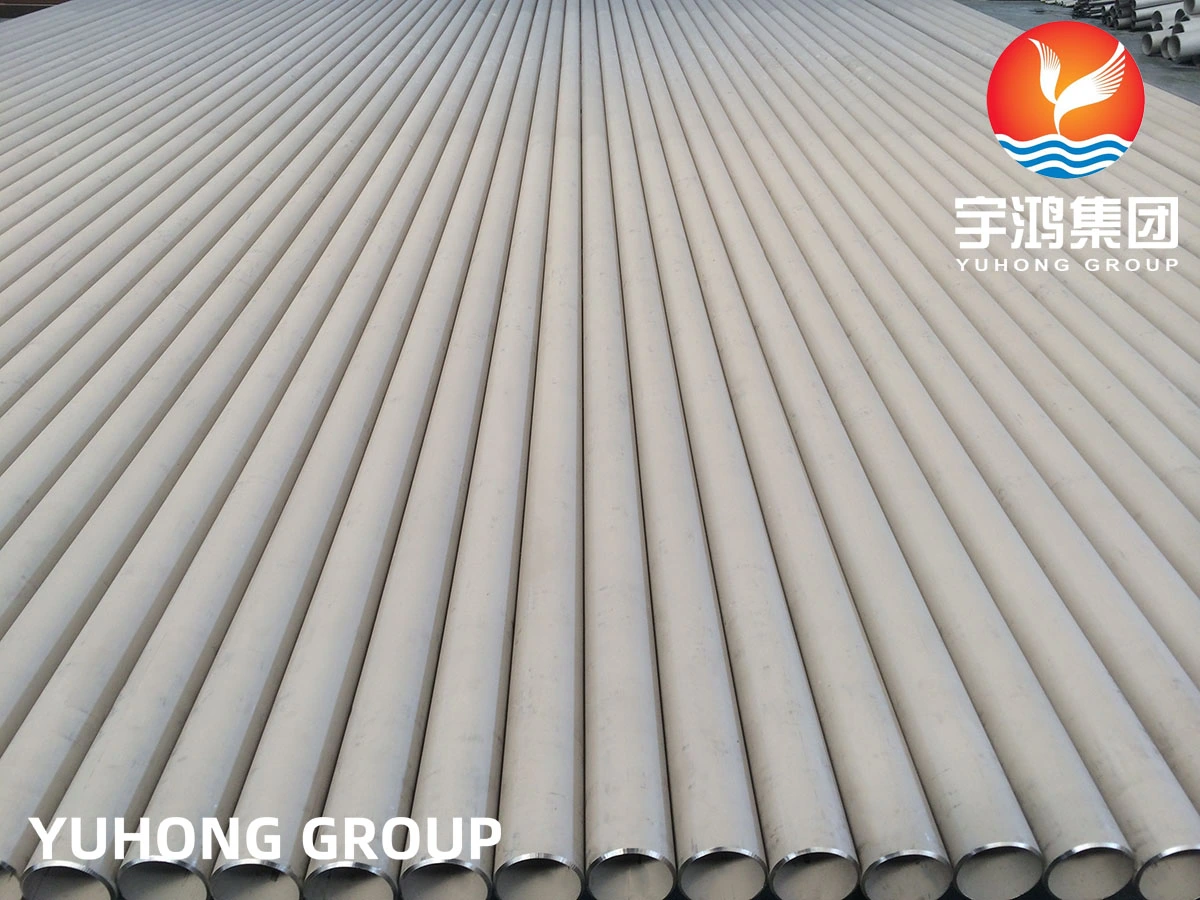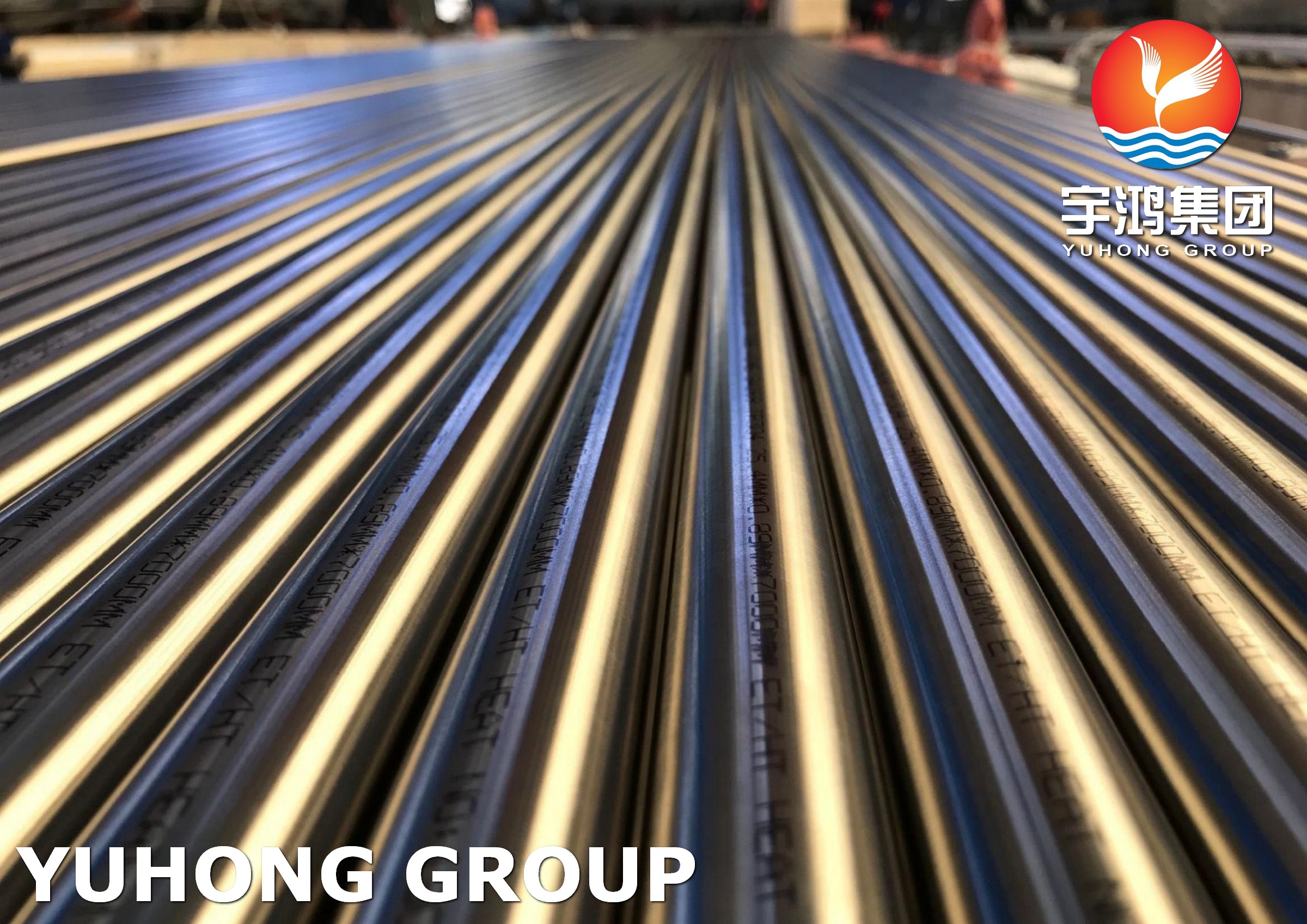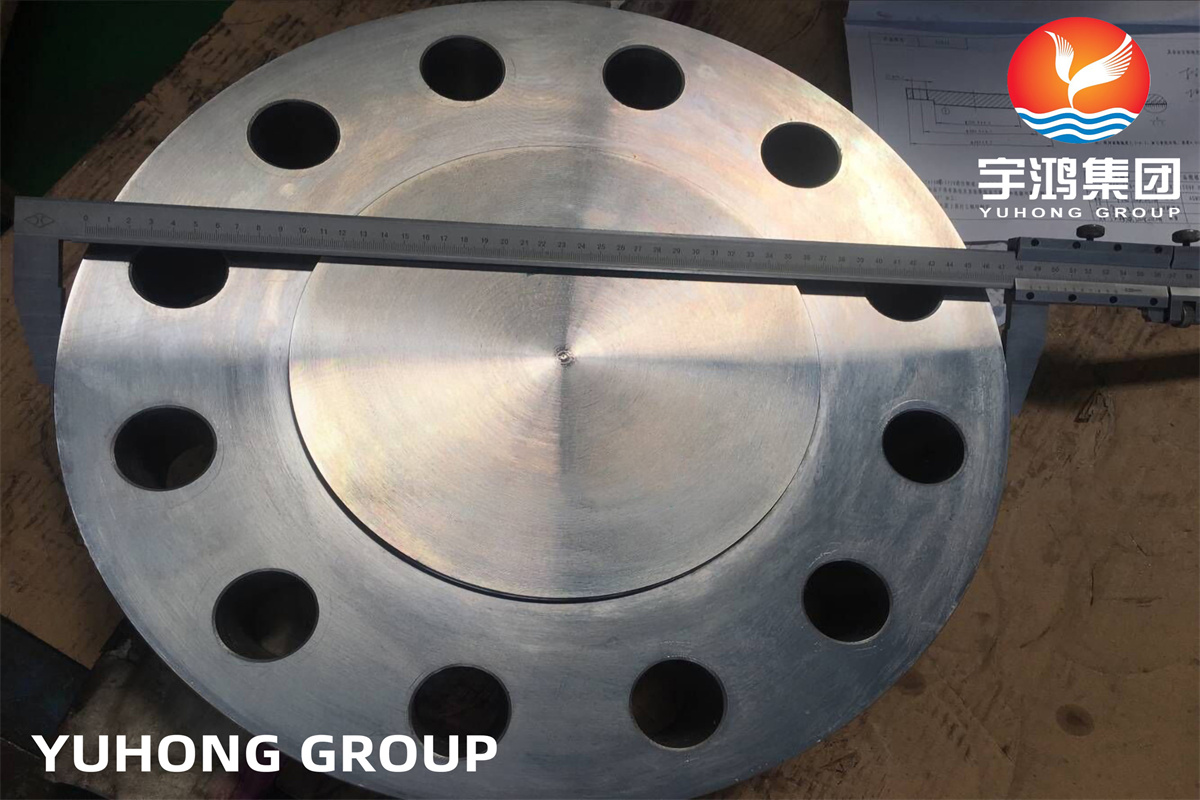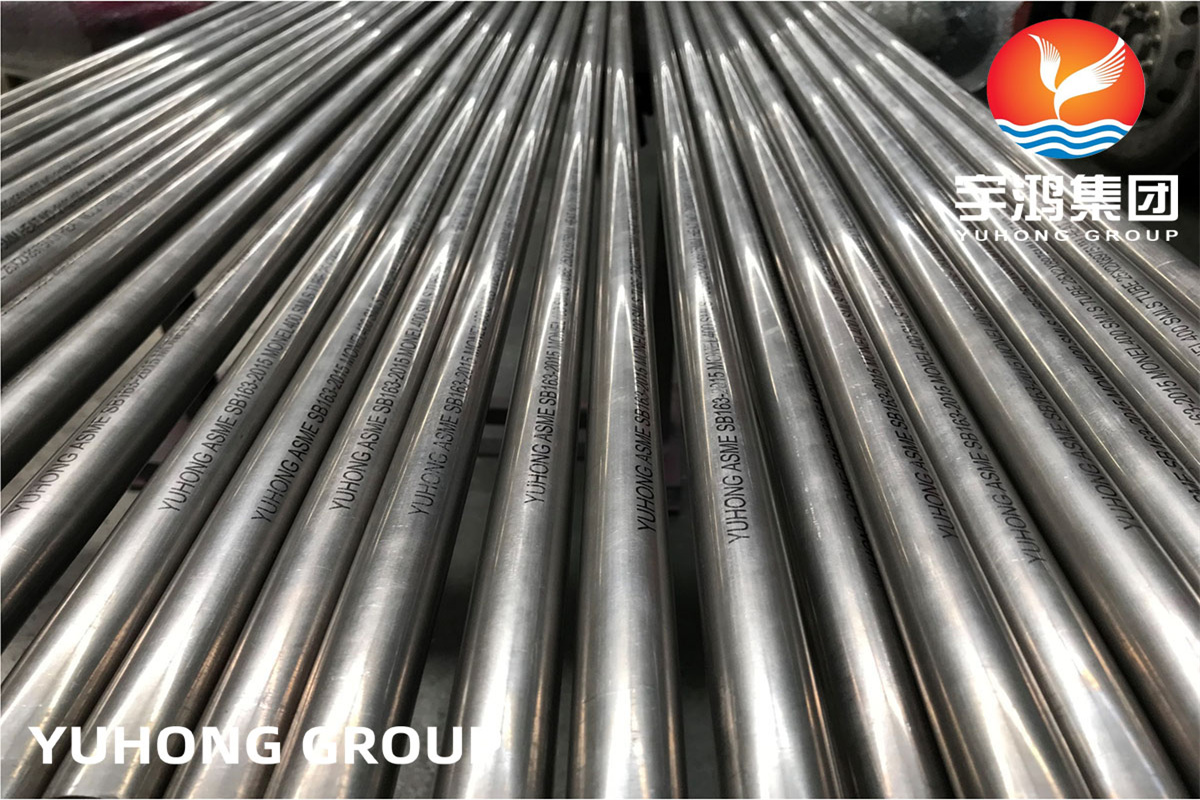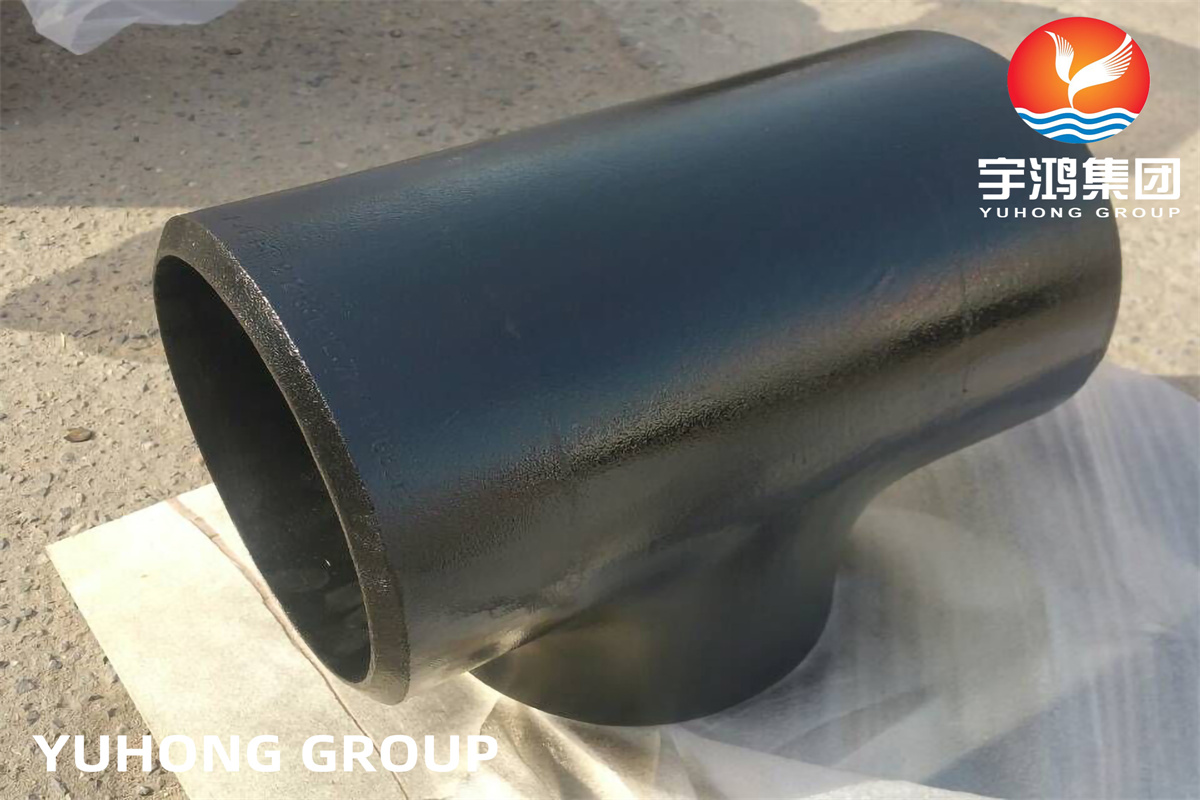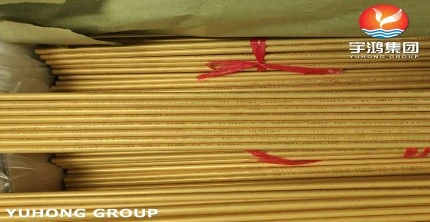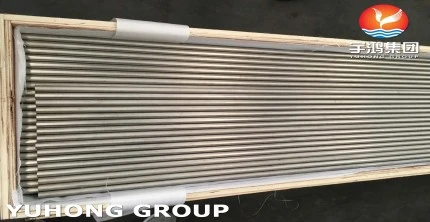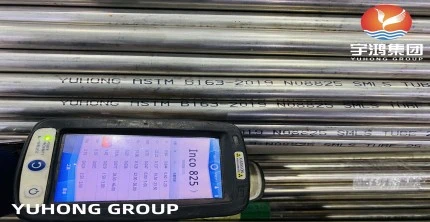Heat exchanger tubes play a critical role in various industrial processes, facilitating the efficient transfer of heat between fluids. Over time, these tubes can accumulate deposits and contaminants, compromising their performance. Regular cleaning is essential to maintain optimal efficiency and extend the lifespan of the heat exchanger. In this guide, we'll delve into effective methods on how to clean heat exchanger tubes.
Understanding the Importance of Heat Exchanger Tube Cleaning
Before delving into the cleaning process, it's crucial to understand why maintaining clean heat exchanger tubes is essential. Accumulated debris, scale, or fouling can significantly hinder heat transfer efficiency, leading to increased energy consumption, reduced system performance, and even potential equipment failure. Regular cleaning helps prevent these issues, ensuring the heat exchanger operates at peak efficiency.
Identifying Signs of Tube Fouling
Recognizing the signs of fouling or scaling in heat exchanger tubes is the first step towards effective cleaning. Reduced heat transfer efficiency, increased energy consumption, and fluctuations in system pressure or temperature are indicators that cleaning may be necessary. Regular inspections can help identify these issues early on.
Methods for Cleaning Heat Exchanger Tubes
Mechanical Cleaning
Mechanical methods involve physically removing deposits from the tube surfaces. This can be achieved using brushes, scrapers, or projectiles designed to fit the dimensions of the tubes. Mechanical cleaning is effective for removing stubborn deposits but should be done carefully to avoid damaging the tube surfaces.
Chemical Cleaning
Chemical cleaning utilizes specialized cleaning agents or solvents to dissolve and remove deposits from the heat exchanger tubes. The choice of cleaning solution depends on the type of deposits present, such as scale, rust, or biological growth. Chemical cleaning is effective for maintaining the cleanliness of the tubes without the need for physical intervention.
High-Pressure Water Jetting
High-pressure water jetting involves using pressurized water to remove deposits from the tube surfaces. This method is particularly effective for cleaning heat exchanger tubes with soft or sludge-like deposits. It's a versatile and environmentally friendly option that minimizes the need for chemicals.
Ensuring Safety During the Cleaning Process
Regardless of the cleaning method chosen, safety should always be a top priority. Ensure that the heat exchanger is properly isolated, depressurized, and cooled before initiating the cleaning process. Personal protective equipment (PPE) should be worn, and all safety protocols must be strictly adhered to.
Regular Maintenance for Optimal Performance
To maximize the efficiency and lifespan of your heat exchanger tubes, implementing a regular maintenance schedule is crucial. Periodic inspections, cleaning, and preventive measures will not only ensure optimal performance but also reduce the likelihood of unexpected breakdowns.
In conclusion, understanding how to clean heat exchanger tubes is a fundamental aspect of maintaining industrial processes. Whether employing mechanical methods, chemical cleaning, or high-pressure water jetting, a proactive approach to tube maintenance will contribute to enhanced heat transfer efficiency and the overall reliability of the system.

 English
English